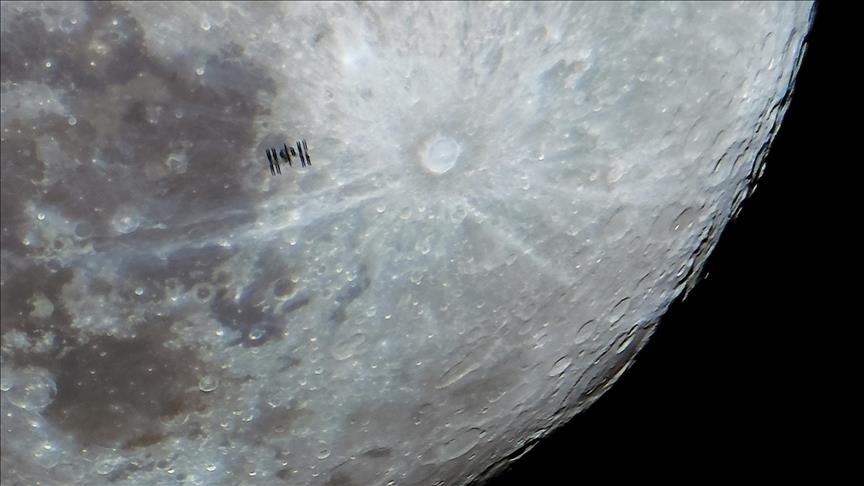SpaceX sends 2 private lunar landers
Firefly's Blue Ghost, ispace's Resilience launched aboard SpaceX's Falcon 9 rocket

ISTANBUL
A SpaceX Falcon 9 rocket sent two private lunar landers, made by the US and Japan, to the moon as part of a shared lunar mission, Space.com reported Wednesday.
A SpaceX Falcon 9 rocket launched at 1:11 a.m. ET (0611GMT) from NASA's Kennedy Space Center in the US state of Florida, carrying the landers from Firefly Aerospace of the US and Japan's ispace, according to the website.
The mission is part of a larger effort to explore the moon.
About 8.5 minutes after liftoff, the rocket's first stage successfully returned to Earth, landing on SpaceX's “Just Read the Instructions” droneship stationed offshore in the Atlantic Ocean.
Upon reaching the moon's orbit, the landers will detach and conduct individual missions.
Firefly's Blue Ghost rover will spend 25 days in the Earth’s orbit for system checks and begin testing its scientific equipment.
It will then embark on a four-day journey to lunar orbit, where it will remain for an additional 16 days before attempting to land in Mare Crisium, located on the northeastern side of the moon.
Once on the surface, Blue Ghost will have two weeks, or one full lunar day, to carry out scientific research.
Firefly’s Blue Ghost mission marks the company’s first lunar flight under NASA's Commercial Lunar Payload Services (CLPS) program. The lander carries 10 NASA payloads to advance research for the Artemis program, which aims to return astronauts to the moon.
Japan's ispace lander, Resilience, is following a more energy-efficient route to the moon, which means it will arrive after Blue Ghost.
If all goes according to plan, Resilience is expected to land in Mare Frigoris, or the "Sea of Cold," in the moon’s northern hemisphere roughly four and a half months from now.
The mission is ispace's second lunar attempt. The company’s Hakuto-R lander reached lunar orbit in March 2023 but failed during its touchdown attempt the following month.
Anadolu Agency website contains only a portion of the news stories offered to subscribers in the AA News Broadcasting System (HAS), and in summarized form. Please contact us for subscription options.


